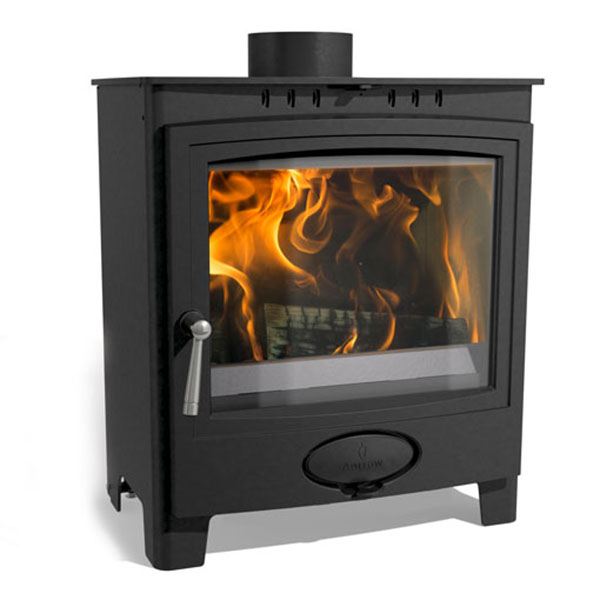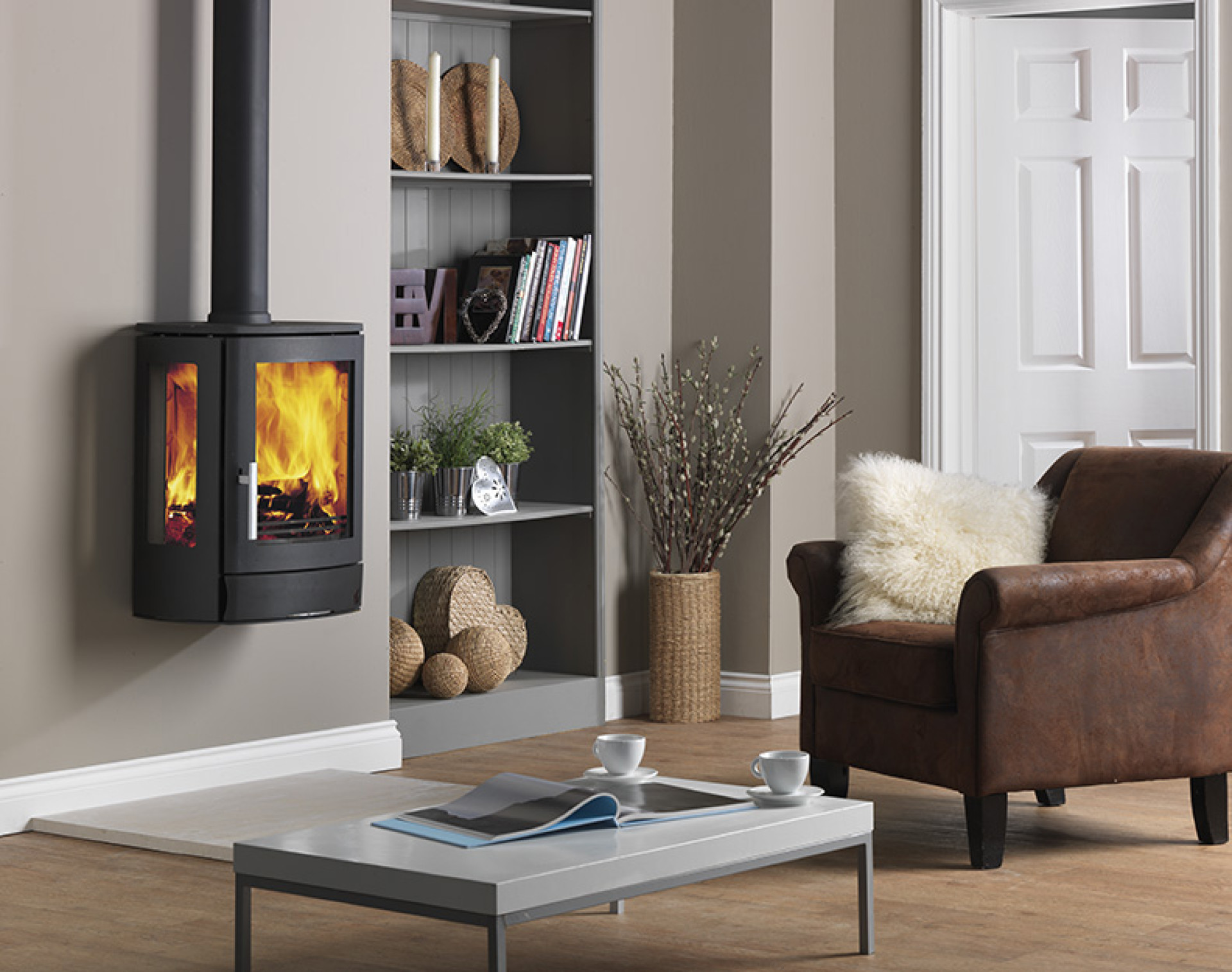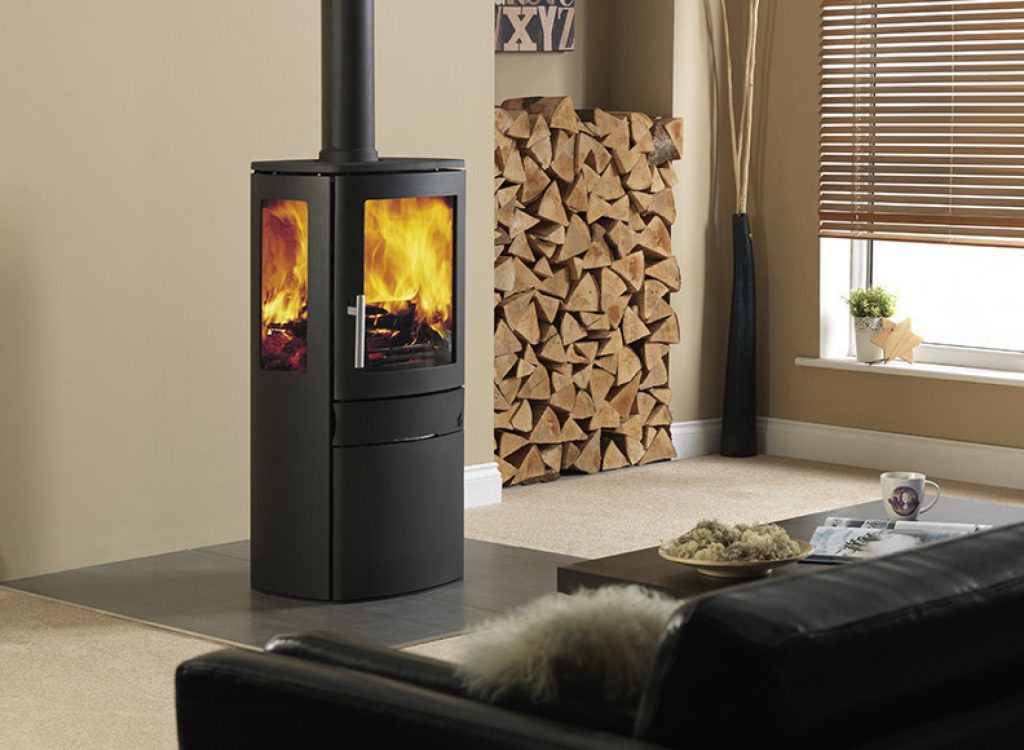While the traditional wood-burning stove is still as popular today as it ever has been, the introduction of multifuel stoves has caused confusion in some circles. From the outside looking in, is it safe to assume that the multifuel stoves give you the best of both worlds – the option to use wood and coal/solid fuel?
Before we look at the attractions of multifuel and wood-burning stoves it is worth noting that while in theory possible, you should never burn wood and solid fuel at the same time. The problem is that the moisture within the wood will react with the sulphuric acid in coal to create a sticky type material which can damage your flue. As we know, wood burning and multifuel stoves work at their most efficient (and safest) when all outlets are clear.
Wood-burning stoves
We have read a number of articles about the choice of multifuel or wood-burning stoves and one thing is evident, if a multifuel stove was able to burn wood to the same efficiency as a wood-burning stove then what would be the point of wood-burning stoves? Those who are aware of the inner workings of the modern day wood-burning stove will know that they operate with a flat grate. This limits the air supply to the burning wood thereby extending the period over which it burns and creates heat.

Multifuel stoves
It is fair to say that multifuel stoves are more targeted toward solid fuel such as coal, with the smokeless type more applicable to today’s emission regulations than wood. The design of the multifuel stove includes a raised grate which creates a greater supply of air to the solid fuel as it burns. Coal and other solid fuels require more air supply to burn efficiently compared to their wood fuel counterparts. The design of a multifuel stove, the raised grate and increased air supply, actually reduces the burn rate when burning wood, meaning it does not last as long and more wood fuel is required.
This obviously eats into the potential cost, and efficiency, of burning wood on a multifuel stove and further highlights the fact that multifuel stoves are predominantly designed for solid fuels.

Other issues to consider
In many cases it is not as simple as deciding whether to acquire a wood-burning stove or a multifuel stove. There are many other issues to take into consideration such as the cost of the stove/preferred fuel supply, availability of fuel and heat requirements. The first thing to do is measure the room in which the stove will be situated, noting where the windows and doors are, then approach a stove retailer. There will be able to tell you what kilowatt heat output you require and offer you a selection which may take in the more traditional designs as well as modern contemporary styles.
Conclusion
It is fair to say that multifuel stoves are predominantly targeted toward solid fuels although they can burn wood with no difficulties. The issue when burning wood is the efficiency of the fuel due to the increased air supply increasing the burn rate and the volume of wood required. Smokeless coal and clean burn stoves are also becoming extremely popular in light of government regulations reducing allowable emissions. Those living in smoke control areas will need to ensure their stoves are DEFRA approved and they burn only allowable fuel.

